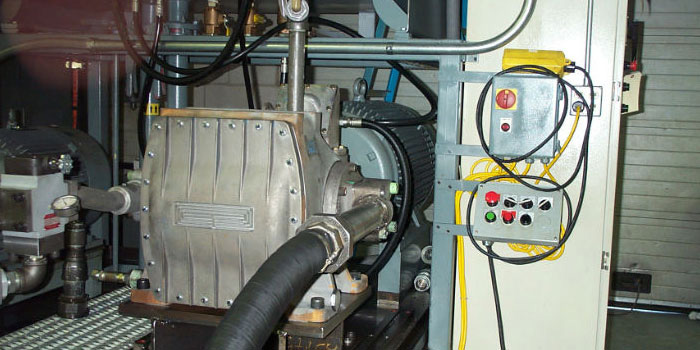Hydraulic systems can fail as a result of many different reasons whether it’s due to poor maintenance, operator error, or simply by components wearing out and failing. In this article we will take a look at some troubleshooting tips for Hydraulic systems.
Identifying the Problem
The first thing to do when your hydraulic system fails and breaks down is to find the source of the issue. This could be as simple as finding a puddle of fluid due to a leak, a pressure change in the system, overheating of the system, abnormal sounds or noises, or a loss of speed and power.
Be aware that the problem may not be the same as the cause of said problem. For example, the leaking may be the result of different failures, it could be as simple as a leak in a hydraulic hose, or it could be the result of a bad seal.
When identifying a problem, the operator of the equipment will most likely be able to give you much of the information needed to relay to a hydraulic specialist to aid and potentially speed up any repair process.
Collecting Information about the System
In many cases the issues that arose with your hydraulic system could have been the result of recent changes like part replacement or other repairs. These changes or repairs we made to get the system running again and only temporarily delayed the time until the next failure or were done incorrectly.
Information on these changes can be incredibly helpful when it comes to finding any issues and troubleshooting the problem of a hydraulic system. This is why it’s imperative to keep detailed records of any changes or upkeep such as part replacement, fluid changes and other types of regular maintenance procedures as these changes can be the result of the failure.
Studying System Schematics
Studying the schematics of the hydraulic system can help determine causes of failure or at least point a technician in the right direction. The schematics are essentially a blueprint that shows how the hydraulic system operates and shows relationships between components such as valves, pumps, hoses, and manifolds. Studying the schematics can help determine whether or not these parts and components need to be accessed in order to resolve the issue.
Preparing a Checklist
Create a checklist for operators and maintenance technicians to fill out on a daily, weekly or monthly basis in regard to when maintenance was done, or components were repaired or replaced. This helps eliminate issues such as regular maintenance being forgotten and helps technicians know what might be causing an issue.
Information that should be recorded should be:
- Oil changes and level
- Fluid changes or level
- Temperature readings
- Pressure readings
- Hose conditions
- Clamp conditions
- Filter conditions or changes
- Breather Conditions
In the event that issues arise with your hydraulic system this checklist and record will be valuable to the troubleshooting process and can save time and money by helping technicians solve the issue and get the equipment back in running condition.
Conclusion
It’s important when issues arise to have them inspected and repaired by a certified hydraulic repair technician. This will prevent failures due to improper repairs or changes. Proper maintenance of hydraulic systems can allow these systems to run for a very long time and even exceed the systems life expectancy. In many cases repairing hydraulic equipment is beneficial over replacement, as properly repaired hydraulic systems can give many years of operation and even bring it up to near new condition.
If your hydraulic equipment has failed or needs a reliability centered maintenance check, Servo Kinetics Ann Arbor can help! We promise you the highest quality hydraulic repairs at the lowest possible cost and fast turn-around.
Our hydraulic repair services include Vickers classic factory rebuilds, Beach Russ repair, flight simulator repair services and much more. We also provide reverse engineering services and manufacture new pumps and motors. Call us to learn more about our services and ask about our Special Offers!

